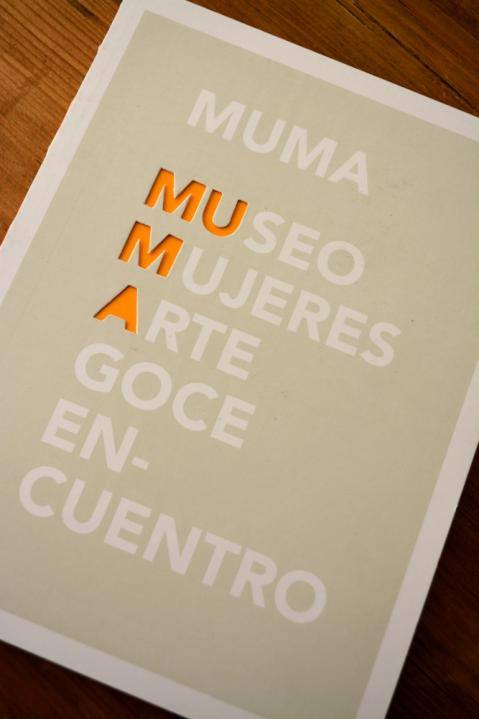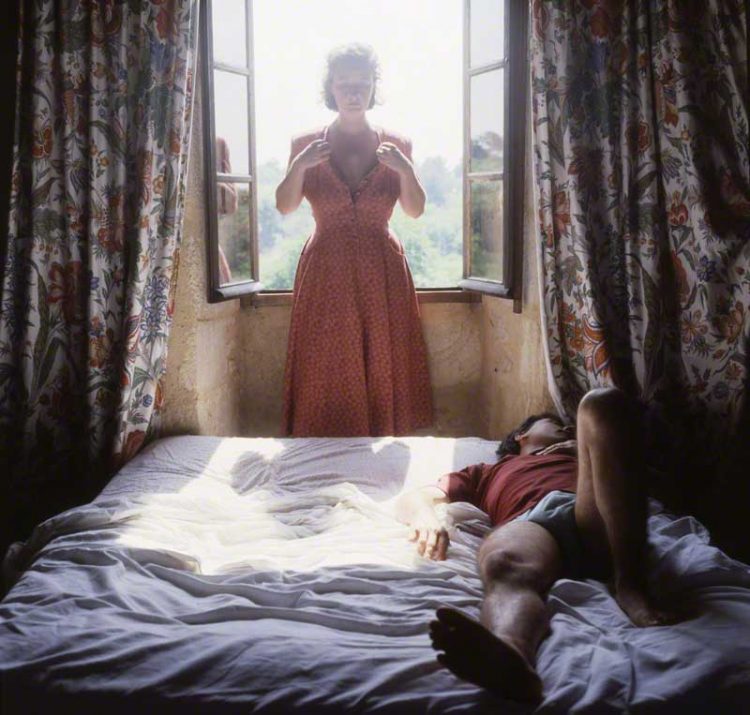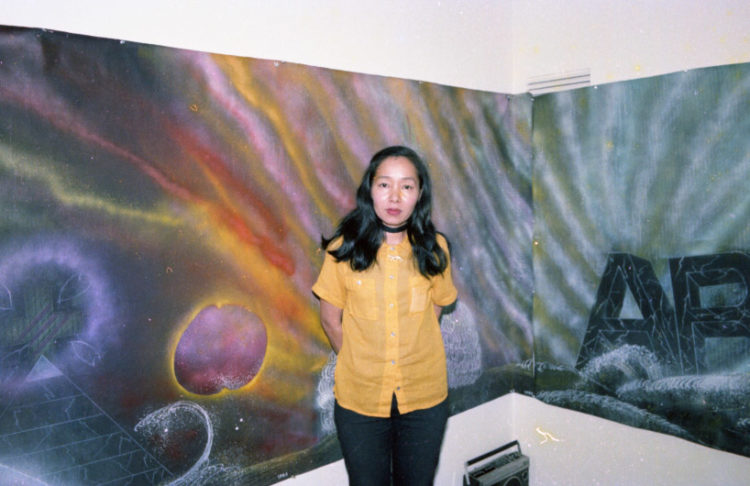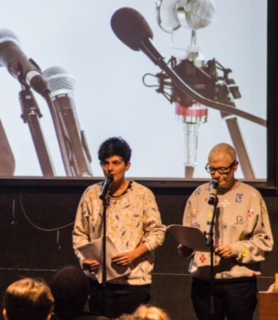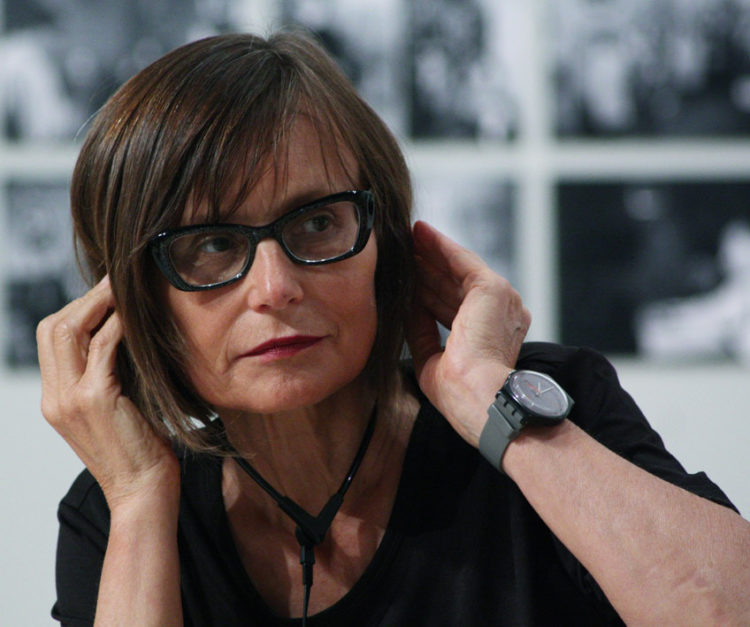Rosemary Mayer
Eva Birkenstock, Laura McLean-Ferris, Robert Leckie, Stephanie Weber, editors, Rosemary Mayer: Ways of Attaching, exh. cat., Lenbachhaus, Munich, Germany/ Ludwig Forum, Aachen, Germany/ Spike Island, Bristol, England/ Swiss Institute, New York, NY, 2021–2022, Cologne, König Books, 2023
→Warsh, Marie, editor, Excerpts from the 1971 Journal of Rosemary Mayer, Chicago, Soberscove Press, 2020
→Mayer, Rosemary, with Julia Ballerini and Richard Milazzo, Pontormo’s Diary, New York and Milan: Out of London Press, 1982
Rosemary Mayer: Ways of Attaching, Swiss Institute, New York, NY, September 2021–January 2022
→Rosemary Mayer: Conceptual Works and Early Fabric Sculptures, 1969–1973, Southfirst Gallery, Brooklyn New York, October 2016–January 2017
→Rosemary Mayer, A.I.R. Gallery, New York, NY, April–May 1973
American Artist.
Rosemary Mayer was an artist involved in the downtown New York art scene from the late 1960s onwards. While she is best-known for her sculptures made with fabric, she worked in a variety of media, making drawings, watercolours, artist books and outdoor installations that explored her connections to time, history and biography. She lived in New York for most of her life, primarily in a loft in the neighbourhood of Tribeca.
R. Mayer was born and raised in the New York City neighbourhood of Ridgewood, which straddled the border of Brooklyn and Queens and was home to a large German immigrant community. Her parents both died in the late 1950s, and in 1962 she married Vito Acconci (1940-2017), whom she had met in high school. They moved to Iowa, where she studied the classics, and he studied poetry. She turned down a scholarship from Harvard to continue her study of the classics, deciding instead to pursue art. She returned to New York where she took classes at the Brooklyn Museum of Art and the School of Visual Arts. She and V. Acconci divorced in 1969 but remained connected for several years through their involvement in the avant-garde art scene. Several of R. Mayer’s early artworks were published in the experimental arts journal, 0 To 9 (1967–69), edited by V. Acconci and R. Mayer’s younger sister, the poet Bernadette Mayer.
In the early 1970s, R. Mayer began exhibiting her work, which was becoming influenced by her participation in a feminist consciousness-raising group with several artist friends, including Adrian Piper and Donna Dennis. In 1972, R. Mayer was chosen as a founding member of A.I.R. Gallery, the first cooperative gallery for women in the United States. She had a solo exhibition in the spring of 1973, which included three large sculptures named for historical women; the most elaborate was Galla Placidia (1973), named for the Roman empress. She resigned from the cooperative in 1974, frustrated by what she saw as an uneven commitment to the project and a sometimes-competitive atmosphere.
R. Mayer’s sculptures from the early 1970s were deliberate feminist statements that also drew on her deep interest in states of fragility and ephemerality and her studies of art history and the classics, which she would explore in all her subsequent bodies of work. In the late 1970s she made a series of outdoor installations using fugitive materials such as balloons and snow, and in the form of tents, which sought to memorialise and celebrate people and their connections to time, place and nature. In another body of work made in the mid-1980s, she investigated the forms and functions of classical Greek vessels, making a series of sculptures out of paper and cloth stiffened with rabbit skin glue. R. Mayer incorporated text and writing into much of her work. She wrote essays that were published in various journals of artist writing, including White Walls and Heresies and produced an issue of the avant-garde magazine Art Rite. Her most significant publication was Pontormo’s Diary (1982), which included her translation of the diary of Mannerist artist Jacopo da Pontormo (1494-1556), essays about her work and a catalogue.
In the 1990s, R. Mayer started began teaching art, eventually becoming a professor at LaGuardia Community College in Queens. Influenced by teaching courses in illustration and graphic narrative, she worked on illustrations of epic works of literature, including Beowulf and Gilgamesh. Her last project, titled 100 Years, was a history of the women of the Roman and Byzantin Empire, which she wrote and illustrated.
During the 1970s and 1980s, R. Mayer exhibited her work at many of the city’s alternative spaces, including the Clocktower, Franklin Furnace and the Woman’s Interart Center, and at various university galleries, but had very little involvement with commercial galleries – nor did she have a major institutional exhibition in her lifetime. Since R. Mayer’s death in 2014, her estate has helped organise several exhibitions and publications that have resulted in widespread interest. Her work is in the Museum of Modern Art, New York; By Art Matters, Hangzhou; Lenbachhaus, Munich; the Museum of Fine Arts, Boston and numerous private collections.





































